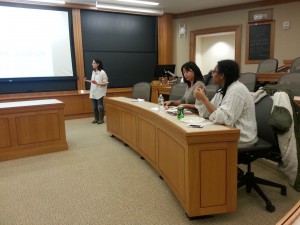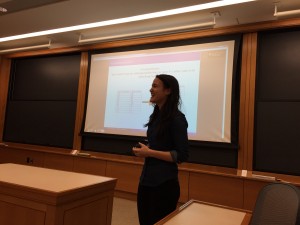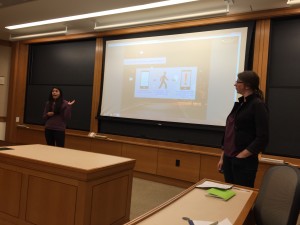What we did
This week we held our first, of hopefully many, focus groups. We sat down with about eight girls ranging from seniors in high school to freshmen in college and posed to them our broad question, “What does girlhood mean to you?” This sparked a lively discussion of many facets of girlhood including the idea of girls in leadership, third wave feminism and social media. We then moved on to discussing the various forms and effectiveness of campaigns focused toward younger girls. Ultimately, we reached the conclusion that campaigns that focused more on things girls could control, rather than telling people how to treat or not treat girls, were more impactful. Finally we talked about potential platforms for our final project and the discussion reinforced our original idea of a mixed media and submission based website.
What went well
The focus group was extremely helpful and productive. We feel as if we have more tangible ideas for our project and clearer ultimate direction.
What was challenging
It was challenging to focus the group and separate the genuine reactions of people from the general attitude of the group or even the cultural dialogue surrounding some of these issues.
What’s up next
Next we need to more firmly commit to a final project direction and hopefully set up some more focus groups with a wider age range of girls.




